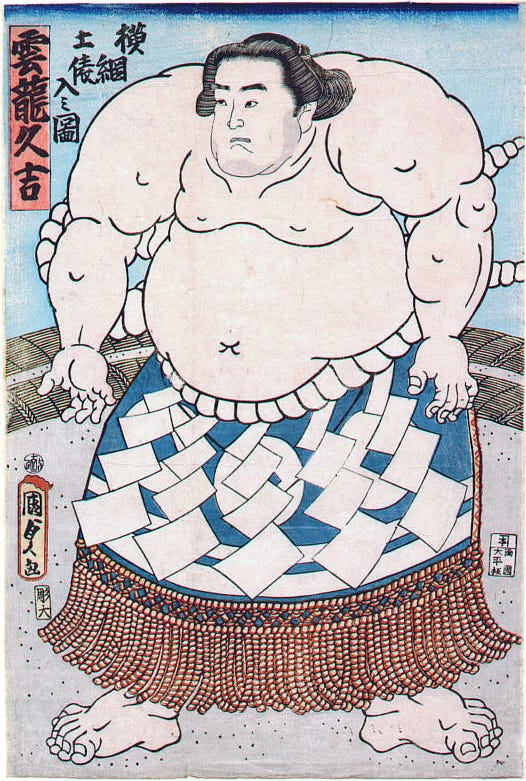Hello, my friends,
A few weeks ago I wrote about being afraid to write a short story that’s been in my mind for ages; I’m very comfortable with non-fiction and poetry but my confidence with storytelling is low. Anyhow, I got over myself leaned into it put my ass in the chair over and over and am almost done with the first draft — it’s nearly 4800 words (7 pages) and probably needs between 500-1000 more words to be complete. Fun fact: I’ve written (and even published) short stories before, but never anything this long. Funner fact: I haven’t been thinking about the length at all while writing. The details of the story have just unrolled for me. I won’t be celebrating, though, because I (and my fellow writers out there) know that once the first draft is done, the harder work of editing begins. Even now I know that there are a fair amount of technical problems I’m going to need to solve in the coming weeks. I just started reading Steering the Craft: Exercises and Discussions on Story Writing for the Lone Mariner and the Mutinous Crew by Ursula K. Le Guin which I hope will help. Fiction is hard!
For those who yearn for details, the story is about the moment two young boys stop seeing their father as a hero. It’s a backstory for a larger plot, a novel that I’d like to someday write. My friends, a novel! The thought of sustaining a plot — heck, sustaining a single project — for that long gives me the willies. My solace? The mantra I repeat to folks who talk to me about becoming writers: Writers write. And so I will.
An Anatomy of a Sumo Match
The September Sumo tournament starts on Sunday and runs for the following two weeks. As always, I’m excited by the various possibilities. But instead of dropping my predictions and analysis here, I’d like to give non-fans a quick break-down of what happens when the behemoths collide.
Indeed, the preparation for a match takes a lot longer than the match itself, which is sometimes over in 15 seconds or less, but I’m not going to talk about that. Before I get into the match, let’s go over the basics: Sumo is a sport where two wrestlers wearing only mawashi or belts attempt to either force their opponent out of the ring or get any part of the other guy’s body beyond the soles of their feet to touch the ground. If your hand, ankle, belly, shoulder, and so on, touches the ground, you lose. They do this on a dohyō, or a raised platform made of rice-straw bales covered in sand and clay.
A match starts with two rikishi (wrestlers) crouching, knees bent, opposite each other. The action begins once both wrestlers touch the ground with their hands. Typically, they hurl themselves at each other in what is called a Tachi-ai. Sometimes the rikishi conk heads, sometimes one steps aside (a legal but dishonorable move called a henka), sometimes neither wrestler charges. But most often they charge madly into each other. As soon as they make contact, each wrestler attempts to impose his style on the other. These styles and preferences are highly predictive when it comes to what is expected from each wrestler.
What are these styles and how do they affect a match? Well, they typically break down into two categories: oshi-zumō and yotsu-zumō. The first refers to pusher-thrusters who follow the initial charge with attempts to use their arms or body to force their opponents out of the ring. No punching is allowed in sumo, but slapping is permitted so sometimes these guys slap their opponents. My favorite rikishi, Takakeisho, is the epitome of an pusher-thruster, blasting his opponents with powerful bumps. In this video he pushes top-division small guy, Midorifuji, off the dohyō:
Yotsu-zumō, on the other hand, literally translates to “four sumo” or four hands on the belt. After the tach-ai, these guys aim to get a grip on their opponent’s belt and either push, sweep, or otherwise control their opponent down or out. This is the main strategy of a relatively recent arrival to the top division, the 6’8” Hokuseihō, who uses his height to get his favorite right-hand outside/over-arm grip. In the following match, you can see two belt guys both get a grip. After a bit of a stalemate, the end is fantastic:
Just from the few paragraphs above, you can see that there is a surprising amount of strategy packed into the fairly short matches. And, as expected for a sport of Japanese invention, every type of move, including the method of victory has a prescribed name. If you’re interested in learning more about sumo, NHK-World has a neat series of videos called Sumopedia specifically for interested beginners. And if you’d like to watch the upcoming tournament, there are multiple options, but for those new to the sport, I recommend NHK-World’s Sumo Highlights, a 30-minute broadcast of all the matches in the top division, which they put in the On-Demand section of their website every day of the tournament. The announcers are great at explaining the backstories of the wrestlers, specific terms, and what’s happening in the matches.

Tuned-In Sophie
Young Sophie (age 2 in October) is becoming more communicative every day. Already a dancer, she is apparently a singer as well. Last weekend, she came up with her first tune! It went something like “Eat, eat, dum dum dum, eat eat…” Not very long or poetic, but it did have a distinct and original melody, which I found delightful. I was in the kitchen preparing dinner when she came in from her room singing it and became even more enthusiastic when I joined in for a duet.
Because my musical memory is very short, I can’t repeat the melody now, and I was too busy singing along to retrieve my phone and record it. Nevertheless, this milestone made it into HMF and so now we all know that Sophie can compose. I’ll definitely be keeping my ear out for more hits from Soph the Most (or her more recent nickname “Step it Up” Soph).
End-of-Summer Haiku
Summer is ending in a few newsletters here in the northern hemisphere so before it becomes tactless, here are a few summer poems by haiku immortal, Issa, plucked from Issa’s Best: a translator’s selection of master haiku (where the translator is David G. Lanoue):
the cat naps in a lacquered tray... summer room the fish in the tub won't know tomorrow... evening cool with that mouth he could vomit a cloud... toad at my feet when did you get here? snail the horse's fart wakes me to see... fireflies flitting
Selecting only five was very challenging! I hadn’t realized how many great summer haiku Issa wrote. I suppose that since it’ll still be summer next week, maybe I’ll choose a few more. In the meantime, I’d like to talk briefly about Issa’s take on the surprising kigo (season word), “evening cool”. Even as I sit here now (midnight on Thursday/Friday, six hours from when this will be published), the contrast between the hot and bright daytime and the quiet (but for crickets and cars in the distance) and comfortable temperature is notable. Like this obvious difference, Issa seems to use “evening cool” to spotlight opposites, foregrounding the darker side of the happy summer season.
In the poem above, we’re with the fish on its final night. It, of course, has no idea. We’re taken gradually into the poem as it builds its thesis, first we see the fish swimming innocuously in the tub. Already, something is awry because it’s out of its natural environment, but we don’t know what. Issa cuts right to the point with the second line; the situation is dire. For the fish, that is, since someone will be getting a meal from it. Finally, the rhetorical shift that makes this poem a haiku occurs with the third line taking us out of the scene using a term that is both known to be specific to a season and simultaneously bringing forth the bigger idea of opposites. It’s an algebra of sorts: fish without tomorrow (x) = evening cool. If we divide fish without tomorrow by evening cool, we get x = life and death. I’m not sure if the math checks out, but it seems intuitively right that X would equal life and death, just as a general principle.
Welcome to Hello, My Friends!, where we occasionally do poetic algebra. Stay awhile, won’t you?







Thanks for the Sumo-ducation. I personally had to watch the Wakamotoharu v Hokuseiho slo-mo several times to confirm for my own satisfaction who hit the ground first. Wakamotoharu will be relieved to know that I authenticate his victory.
Okay, the effing fish in the tub with no tomorrow harshed my whole morning vibe. And ruined my tuna melt on top of it. Curses.